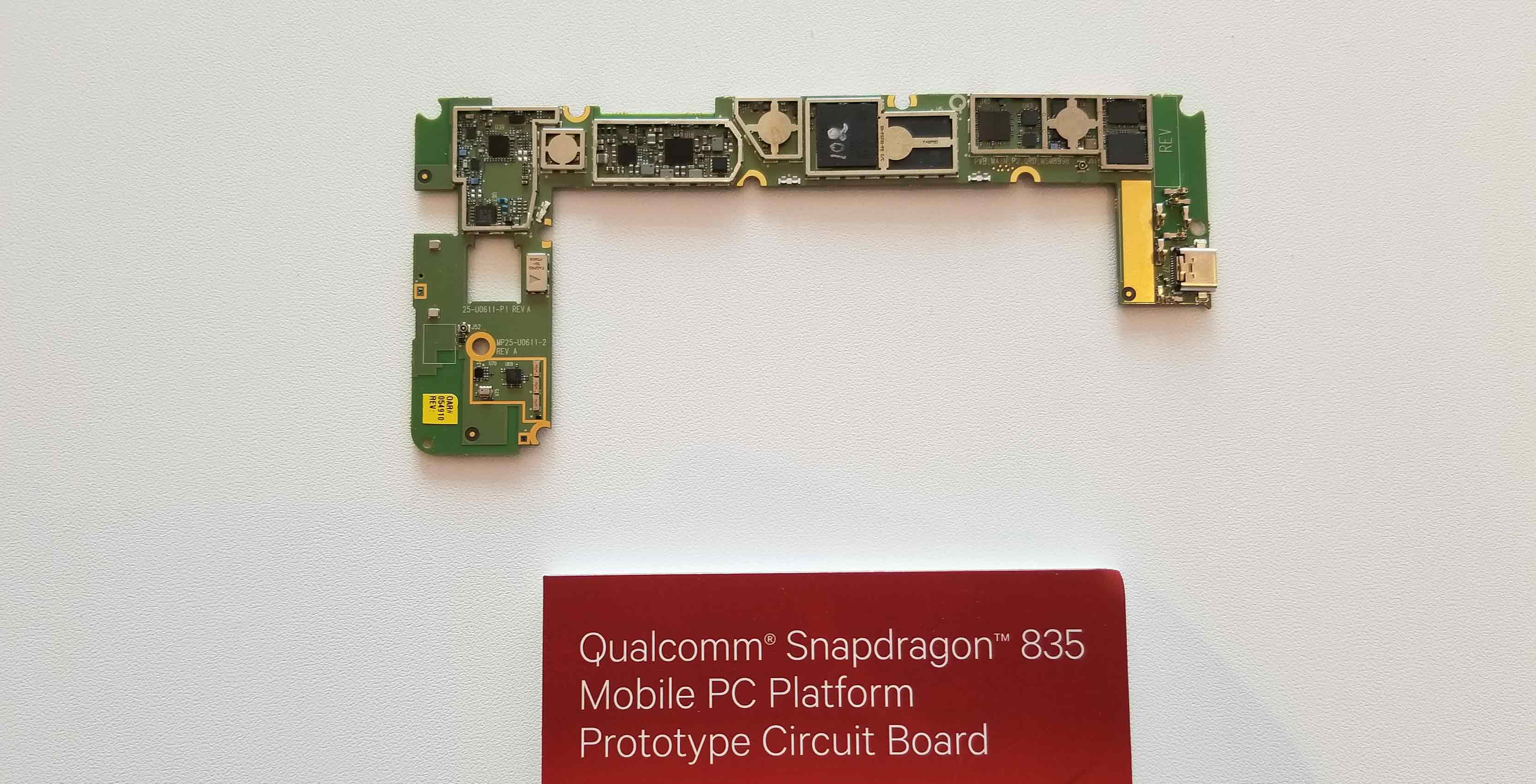
Chipset maker Qualcomm has announced at Computex that the first consumer PCs to run Windows 10 on ARM-based Snapdragon 835 mobile processors will be 2-in-1s produced by Asus, HP and Lenovo.
In a press release, Qualcomm stated that “each company is set to produce sleek, thin and fanless PCs running a Windows 10 experience with unparalleled LTE connectivity.” The company says the Windows 10 experience won’t be a pared-down version like Windows 10 S, either — it will run all Microsoft apps, including Office.
As for third-party win32 apps, a session at Microsoft’s Build conference revealed that most apps should work the same as on an Intel or AMD processor due to its ARM emulation layer. Microsoft has also previously demonstrated Adobe Photoshop — one of the more complex desktop programs — running on the 835.
On top of running the full version of Windows 10, the PCs will have the constant connection of a smartphone. Aside from the obvious benefit of Qualcomm’s X16 Gigabit LTE modem, which supports theoretical download speeds of up to 1Gbps, this connection brings smartphone-like features to the PC, like a connected standby mode that allows for data-syncing and active listening for voice AI Cortana.
The use of an ARM-based chip means these PCs will bring with them a variety of other unique features, as well, including what will likely be a significant bump in battery life compared to the average PC. That’s because ARM processors have a more power-efficient instruction set in comparison with Intel’s dominant x86 processor. Qualcomm is predicting “beyond all-day battery life.”
The use of a mobile chip also allows for the fanless design that’s been promised by the three companies — which could in turn mean that consumers see waterproof PCs come to market, since fan vents have been a major roadblock to achieving moisture resistance.
Additionally, since the ARM-based Snapdragon 835 platform is built on a minuscule 10nm process, the PCs’ circuit boards (shown above) will be much reduced, allowing for larger batteries or thinner and lighter form factors than previously seen on the market.
Qualcomm didn’t provide any further information on the PCs, though Qualcomm CEO Steve Mollenkopf stated at the company’s most recent earnings call that consumers can expect devices in the market in the second half of 2017.
MobileSyrup has reached out to Asus, HP and Lenovo for more information on the upcoming mobile PCs.
MobileSyrup may earn a commission from purchases made via our links, which helps fund the journalism we provide free on our website. These links do not influence our editorial content. Support us here.


